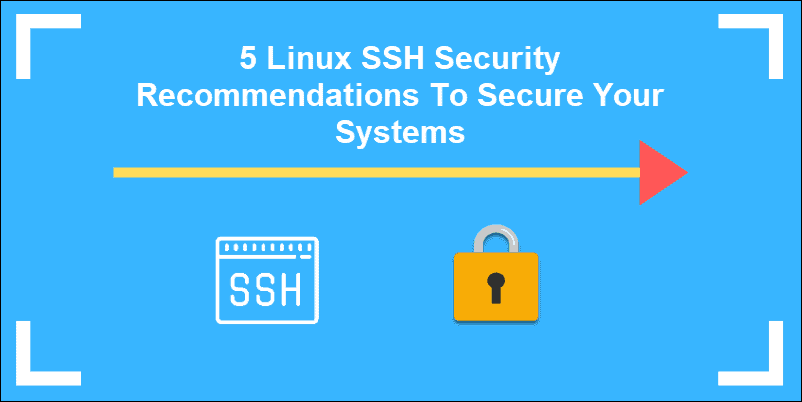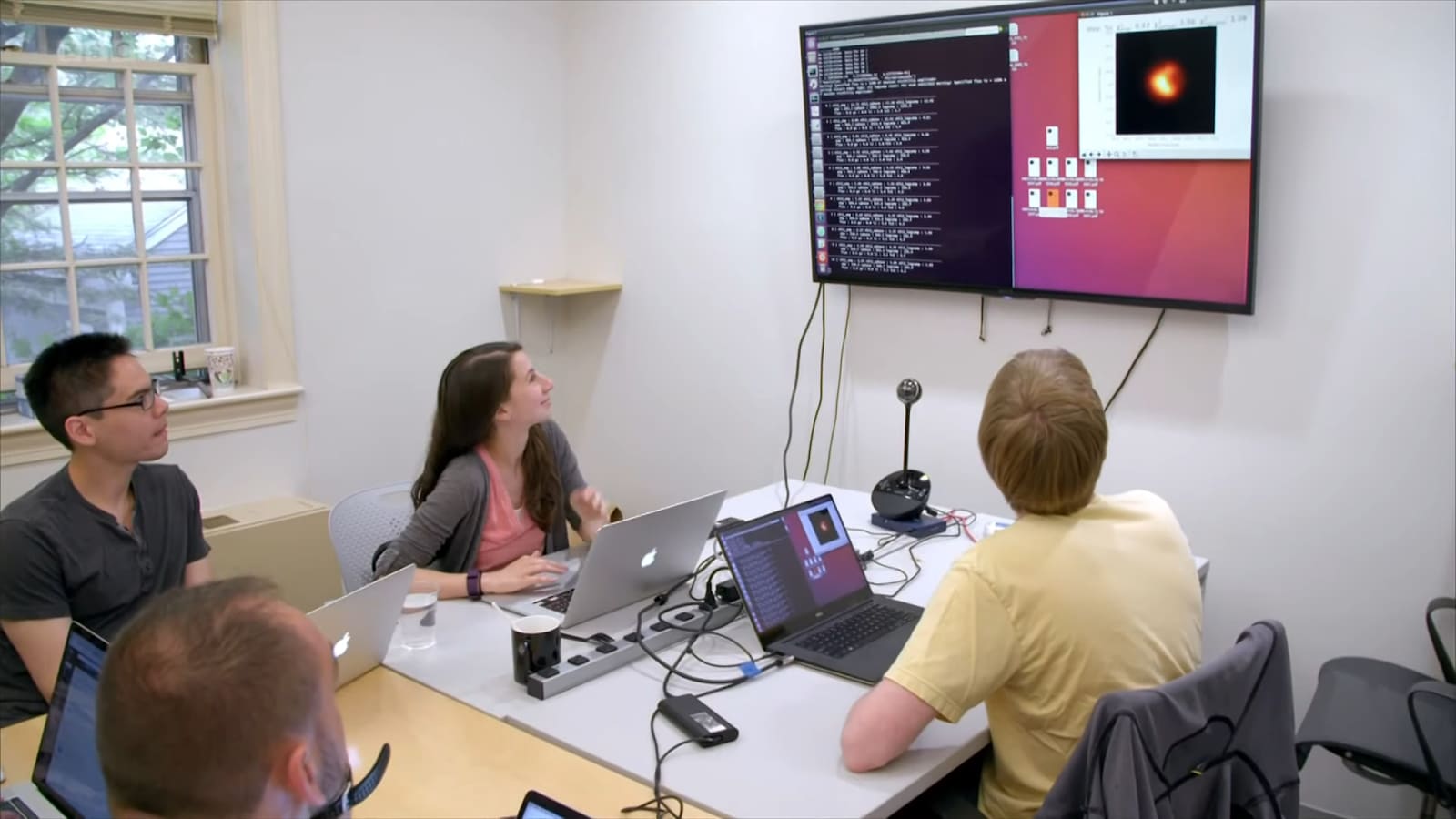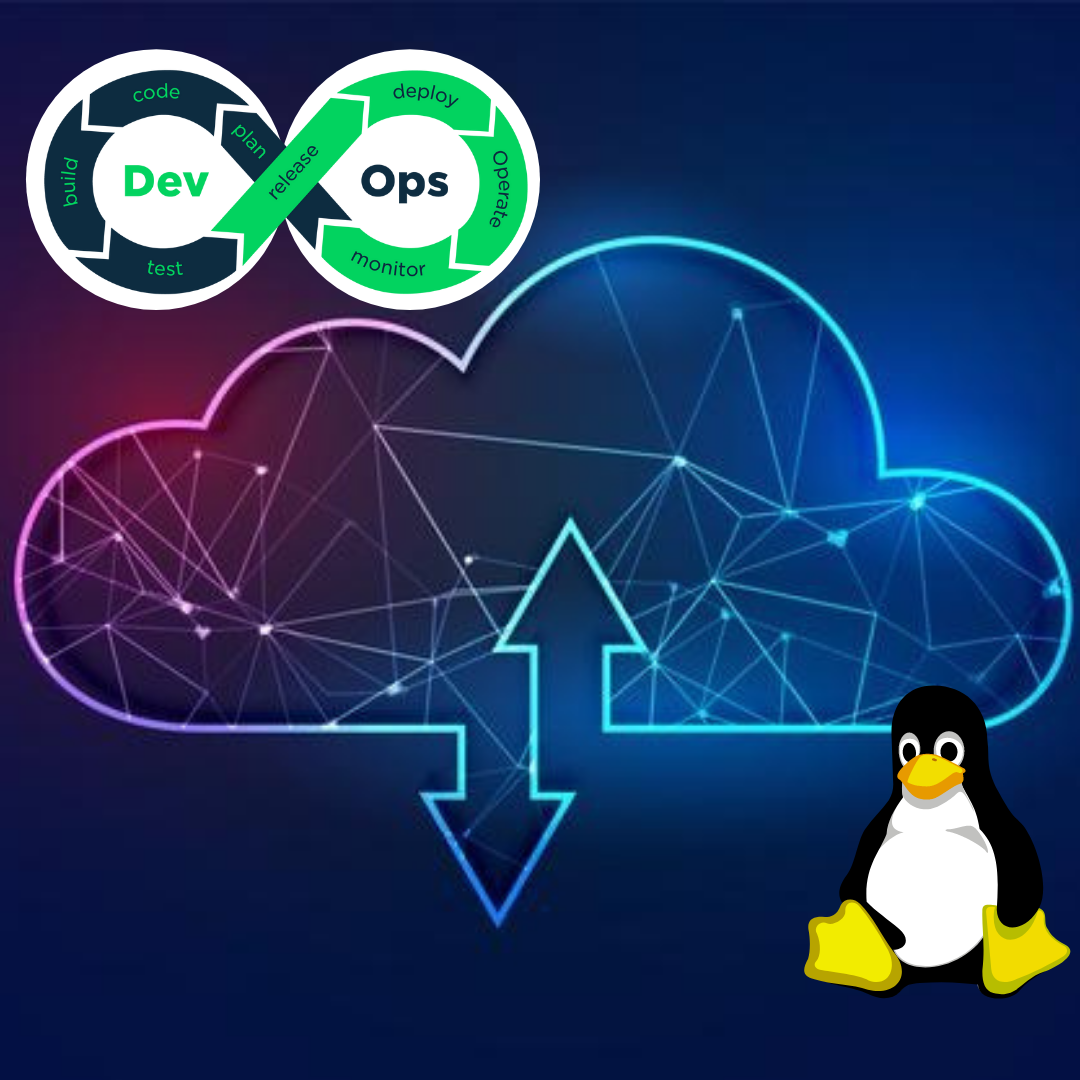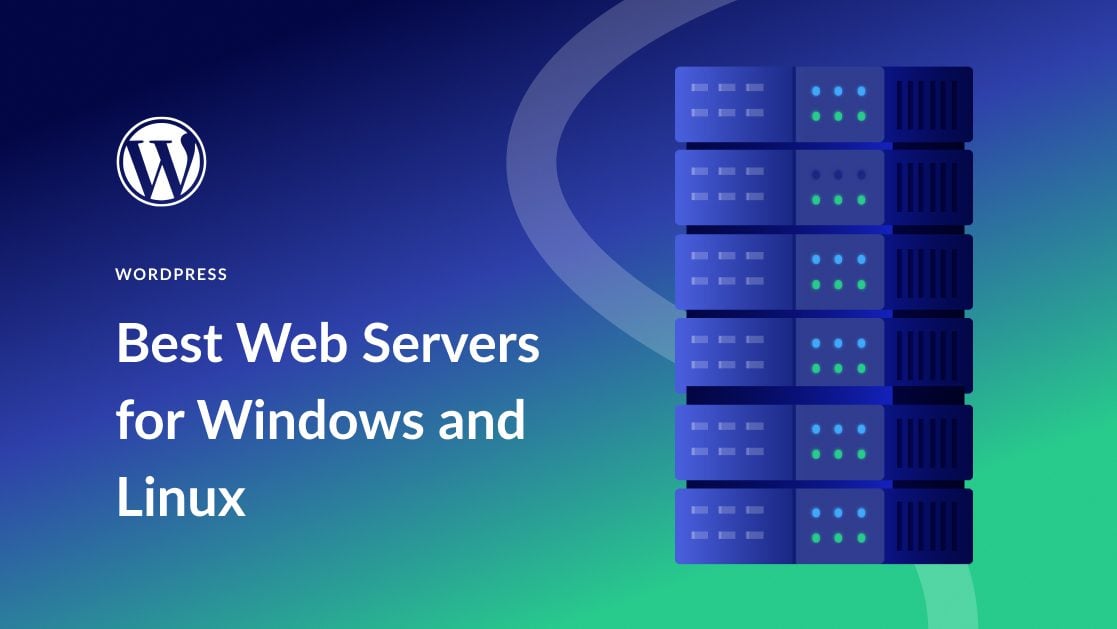When it comes to operating systems, Linux is known for its robust security features. However, no system is entirely immune to vulnerabilities. In this comprehensive guide, we’ll explore Linux security best practices to help you keep your system safe and secure. Whether you’re a seasoned Linux user or just getting started, these tips and techniques will help you protect your system from potential threats.
- Update Your System Regularly
One of the most fundamental aspects of Linux security is keeping your system up to date. Regularly updating your operating system, software, and applications is crucial to patch vulnerabilities that could be exploited by attackers. Ensure that you apply security updates promptly by configuring automatic updates or setting up a regular update schedule. - Use Strong Passwords and Authentication Methods
Strong and unique passwords are your first line of defense against unauthorized access. Combine uppercase and lowercase letters, numbers, and special characters to create complex passwords. Additionally, consider implementing multi-factor authentication (MFA) to add an extra layer of security to your system. - Implement Firewalls and Network Security
Linux systems come with built-in firewall tools like iptables or its successor, nftables. Properly configuring your firewall can prevent unauthorized network access and protect your system from malicious traffic. Furthermore, consider using intrusion detection systems (IDS) and intrusion prevention systems (IPS) to monitor network activity and respond to potential threats. - User Privileges and Permissions
Linux follows a strict user privilege model, allowing you to assign specific permissions to users and groups. It’s essential to grant users the least amount of privilege necessary to perform their tasks. This principle, known as the “principle of least privilege,” minimizes the potential damage if a user account is compromised. - Encrypt Your Data
Data encryption is a crucial aspect of Linux security. Use tools like LUKS to encrypt your hard drive or individual partitions. This protects your data from being accessed by unauthorized individuals even if your physical device is stolen. - Secure Your SSH Access
Secure Shell (SSH) is a common method for remote access to Linux systems. To enhance security, disable root login via SSH, use strong encryption algorithms, and configure SSH access using key pairs. This prevents unauthorized access attempts and ensures a secure remote connection. - Monitoring and Auditing
Regularly monitoring your Linux system and conducting security audits can help you detect and respond to potential threats. Tools like auditd can record system activities, while log analysis tools help you review these logs for unusual or suspicious events. - Kernel Hardening
The Linux kernel is the core of the operating system. Kernel hardening involves configuring your kernel to minimize potential vulnerabilities. Use technologies like SELinux or AppArmor to restrict access to sensitive resources and prevent unauthorized system changes. - Software Management and Source Verification
Be cautious when installing software on your Linux system. Stick to trusted software repositories and verify the integrity of software packages before installation. Avoid downloading software from untrusted sources, as this can introduce malware or vulnerabilities to your system. - Security Tools and Resources
Stay updated on the latest Linux security tools and resources. There are numerous security-oriented distributions like Kali Linux and Parrot Security that provide a wide range of security tools for testing and securing your system. Additionally, keep an eye on security news, mailing lists, and forums to stay informed about emerging threats and vulnerabilities.
Conclusion
Linux is renowned for its security, but this doesn’t mean you can neglect the best practices for securing your system. By following these guidelines and staying vigilant, you can significantly reduce the risk of security breaches and ensure your Linux system remains a fortress against potential threats. Remember, security is an ongoing process, so stay informed and adapt to the evolving landscape of cybersecurity to keep your Linux system safe and sound.






